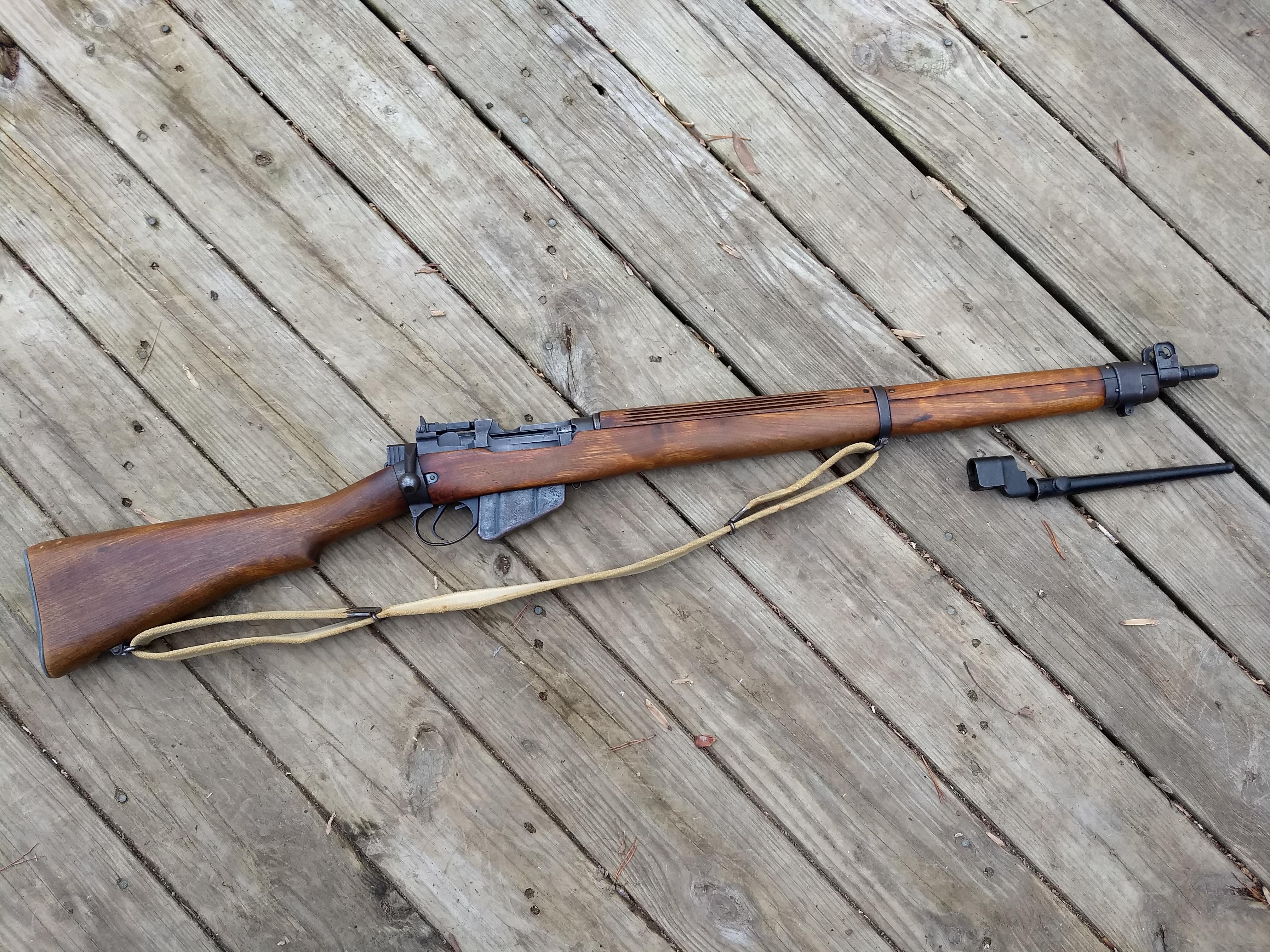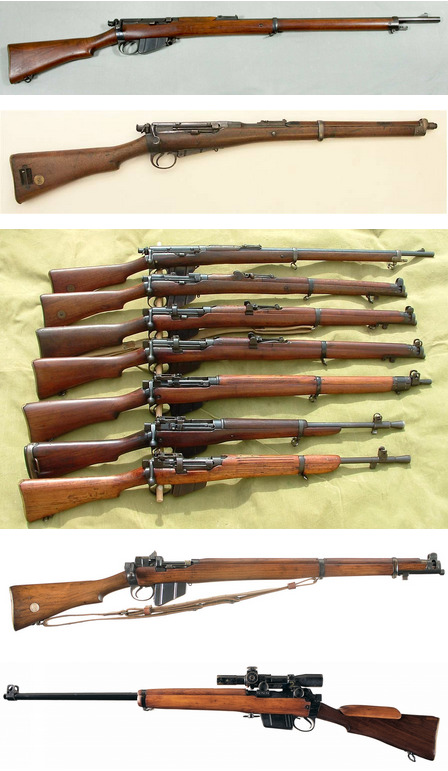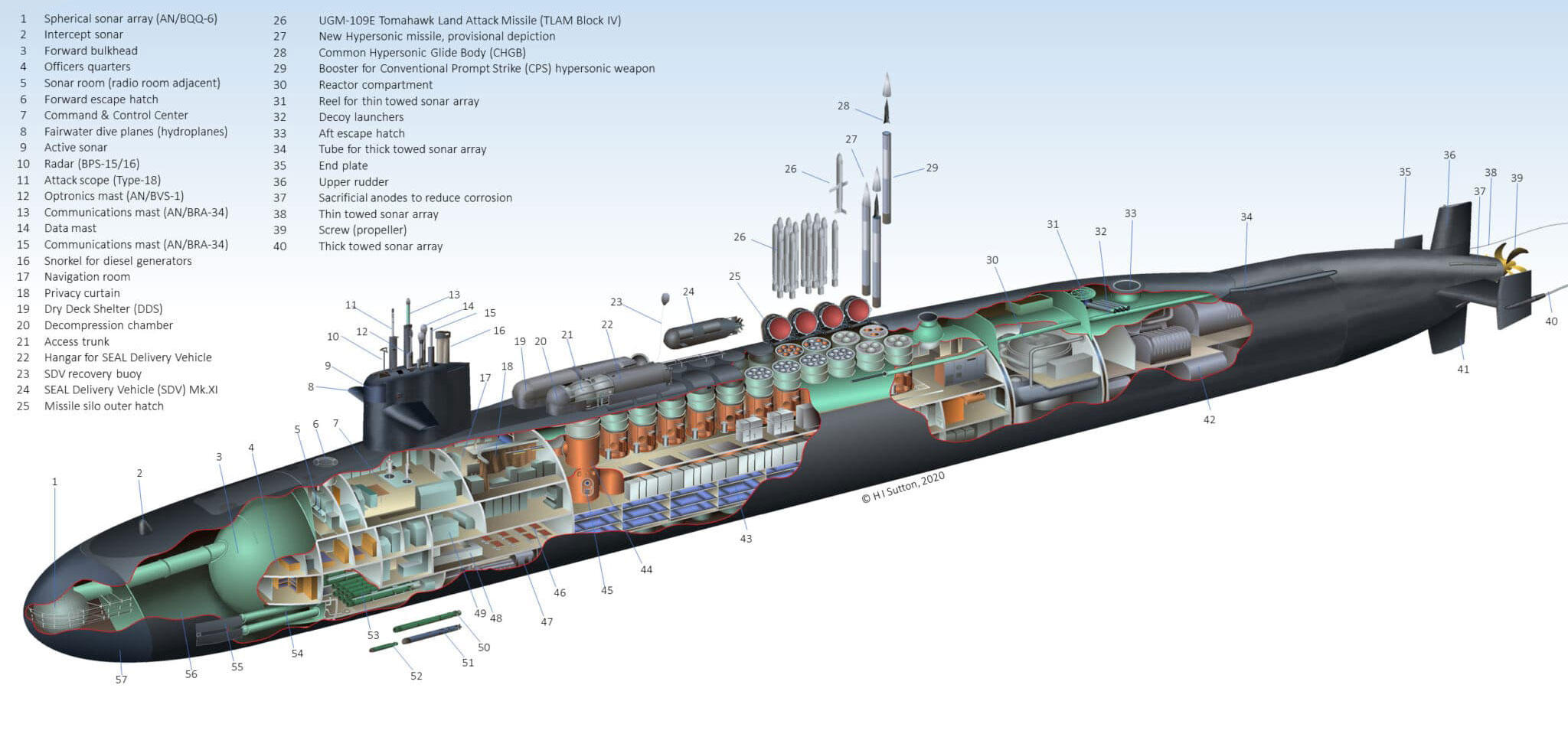5 WW2 Rifles

Introduction to WW2 Rifles

The Second World War was a global conflict that lasted from 1939 to 1945, involving most of the world’s nations, including all of the great powers. It was the most widespread war in history, with more than 100 million people from over 30 countries participating. One of the most iconic and crucial weapons used during this period was the rifle. Rifles played a significant role in the war, with various countries developing and using their own versions. In this article, we will explore five of the most notable WW2 rifles, their characteristics, and their impact on the war.
1. M1 Garand (USA)

The M1 Garand was the first semi-automatic rifle to be widely used by the US military. It was designed by John C. Garand and was adopted by the US military in 1936. The M1 Garand was a.30-06 caliber rifle, weighing around 9.5 pounds and having a length of 43.5 inches. It had a muzzle velocity of 2,800 feet per second and an effective range of approximately 500 yards. The M1 Garand was known for its reliability, accuracy, and high volume of fire, making it a favorite among American soldiers.
2. Lee-Enfield No. 4 Mk I (UK)

The Lee-Enfield No. 4 Mk I was a bolt-action rifle used by the British Army during WW2. It was a.303 caliber rifle, weighing around 8.5 pounds and having a length of 44.5 inches. The Lee-Enfield No. 4 Mk I had a muzzle velocity of 2,440 feet per second and an effective range of approximately 600 yards. It was known for its durability, accuracy, and high rate of fire, thanks to its “smoothing out” of the bolt-action mechanism.
3. Karabiner 98k (Germany)

The Karabiner 98k was a bolt-action rifle used by the German Wehrmacht during WW2. It was a 7.92x57mm Mauser caliber rifle, weighing around 8.5 pounds and having a length of 43.5 inches. The Karabiner 98k had a muzzle velocity of 2,700 feet per second and an effective range of approximately 500 yards. It was known for its reliability, accuracy, and durability, making it a popular choice among German soldiers.
4. Mosin-Nagant (USSR)

The Mosin-Nagant was a bolt-action rifle used by the Soviet Red Army during WW2. It was a 7.62x54mmR caliber rifle, weighing around 8.5 pounds and having a length of 48.5 inches. The Mosin-Nagant had a muzzle velocity of 2,700 feet per second and an effective range of approximately 500 yards. It was known for its simplicity, durability, and low cost, making it a staple of the Soviet military.
5. Arisaka Type 99 (Japan)

The Arisaka Type 99 was a bolt-action rifle used by the Imperial Japanese Army during WW2. It was a 7.7x58mm Arisaka caliber rifle, weighing around 8.5 pounds and having a length of 44.5 inches. The Arisaka Type 99 had a muzzle velocity of 2,500 feet per second and an effective range of approximately 500 yards. It was known for its reliability, accuracy, and durability, making it a popular choice among Japanese soldiers.
🔫 Note: The characteristics and features of these rifles may vary depending on the specific model and manufacturer.
In conclusion, these five WW2 rifles played significant roles in shaping the outcome of the war. Each rifle had its unique characteristics, advantages, and disadvantages, reflecting the military strategies and technological capabilities of their respective countries. Understanding the history and development of these rifles can provide valuable insights into the tactics, logistics, and soldier experiences during WW2.
What was the most widely used rifle during WW2?

+
The M1 Garand was the most widely used rifle by the US military, while the Lee-Enfield No. 4 Mk I was widely used by the British Army.
Which rifle had the highest muzzle velocity?

+
The Karabiner 98k had a muzzle velocity of 2,700 feet per second, making it one of the highest among the five rifles mentioned.
What was the primary advantage of the Mosin-Nagant rifle?

+
The primary advantage of the Mosin-Nagant rifle was its simplicity, durability, and low cost, making it a staple of the Soviet military.



